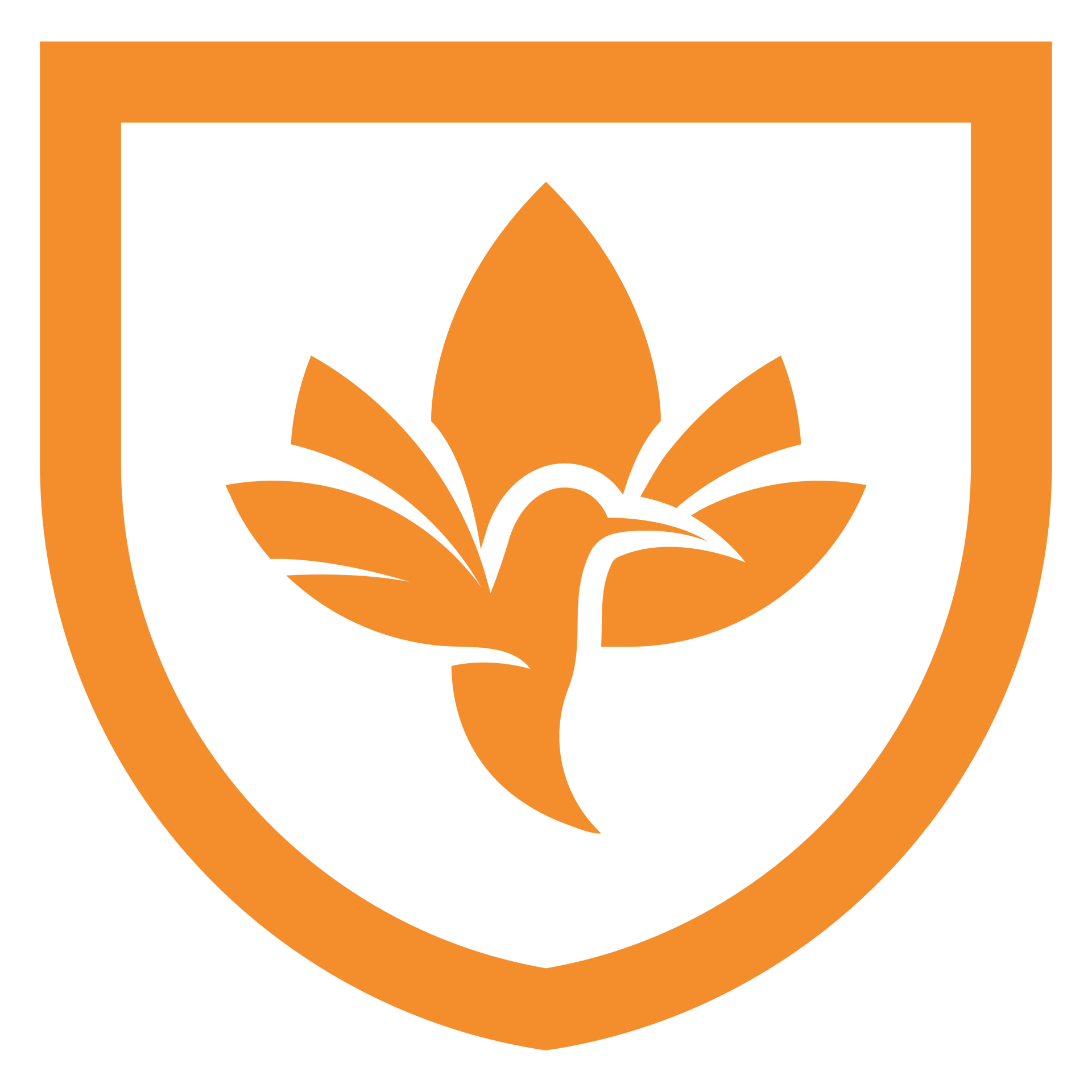
Online Classes vs Traditional Classes: Which Fits You
What is online learning?
Online learning delivers lessons over the internet. You log in to a course site. You watch videos, read materials, submit work, and take quizzes. You meet live in virtual sessions or study through recorded content. You track progress in a dashboard. Many programs use cohorts with weekly targets. Others allow full self-paced study. Both paths support working learners and parents who need flexible time blocks.
What are traditional classes?
Traditional classes meet in person at a campus or training center. You attend on set days and hours. You learn through lectures, labs, and group discussions. You submit work in class or through a school portal. You meet teachers face-to-face during office hours. You access libraries, labs, and student services on site.
What is an LMS?
An LMS is a learning management system. It is the platform that hosts your courses. It organizes modules, videos, readings, assignments, and assessments. It tracks your deadlines and grades. It offers forums, messaging, and certificates. It helps teachers publish content once and reach many learners. For you, it provides one hub for lessons, progress, and support.
Key Differences at a Glance:
Location: Online is anywhere with a stable connection. Traditional is a fixed site.
Schedule: Online offers flexible blocks. Traditional follows fixed timetables.
Pace: Online may be self-paced or cohort-paced. Traditional follows the class schedule.
Interaction: Online uses video calls, chat, and forums. Traditional uses in-person talk and labs.
Assessment: Online relies on quizzes, projects, and proctored exams. Traditional relies on in-class tests, labs, and presentations.
Support: Online offers virtual office hours and tickets. Traditional offers on-site visits and campus services.
Costs to consider: Online reduces travel and housing. Traditional includes commuting and campus fees.
Access needs: Online needs a device and steady internet. Traditional needs travel time and a classroom seat.
Which format fits you?
How does an LMS help you succeed?
Master Your Time, Master Your Success: Executive Time Management Strategies for Peak Performance

Copyright © Academy of Success 2025-2026